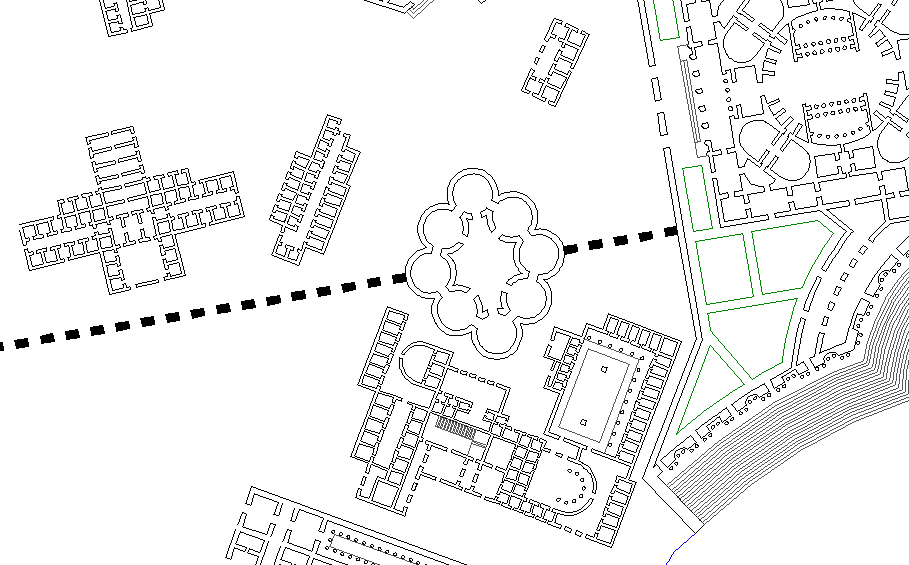| Encyclopedia Ichnographica | Aquae Claudić | 1 |
|
| The Claudia was begun in 38 A.D. by Caligula, and finished in 52 by Claudius. This was the most magnificent of all Roman aqueducts, although not as long as the Anio novus or the Marcia. Its sources were three of the springs in the valley of the Anio, near those of the Marcia, and its course was down this valley to Tivoli, and round monte Bipoli to a point near Gallicano, following closely the line of the Anio vetus. Thence it skirted the hills to a point below Frascati, and crossed the Campagna to the distributing station ad Spem veterem. Domitian shortened the course by cutting a tunnel, 5 kilometres long, through monte Affliano. From the springs to the point (Le Capannelle) about 12 kilometres from Rome where the specus finally emerged, the channel was subterranean, except at various points in the mountains where it was carried across deep valleys on arches. Where this subterranean specus ended,--intra septimum miliarium,--a small reservoir was erected, and from here the Claudia ran above ground for 1 kilometre on substructures, and for about 10 kilometres on the most magnificent arches to be found near Rome. They have an average span of 5.5 metres and a thickness at the crown of nearly 1 metre. The piers are about 2.4 metres thick in elevation, and the height of the whole structure, is more than 27 metres. The original construction of this aqueduct must have been very faulty, for after ten years it fell into disuse and was afterward restored by Vespasian, and ten years later by Titus. For 300 metres south from the porta Praenestina, these arches were made a part of the Aurelian wall. (Platner) |
Quondam © 2021.02.13 |
